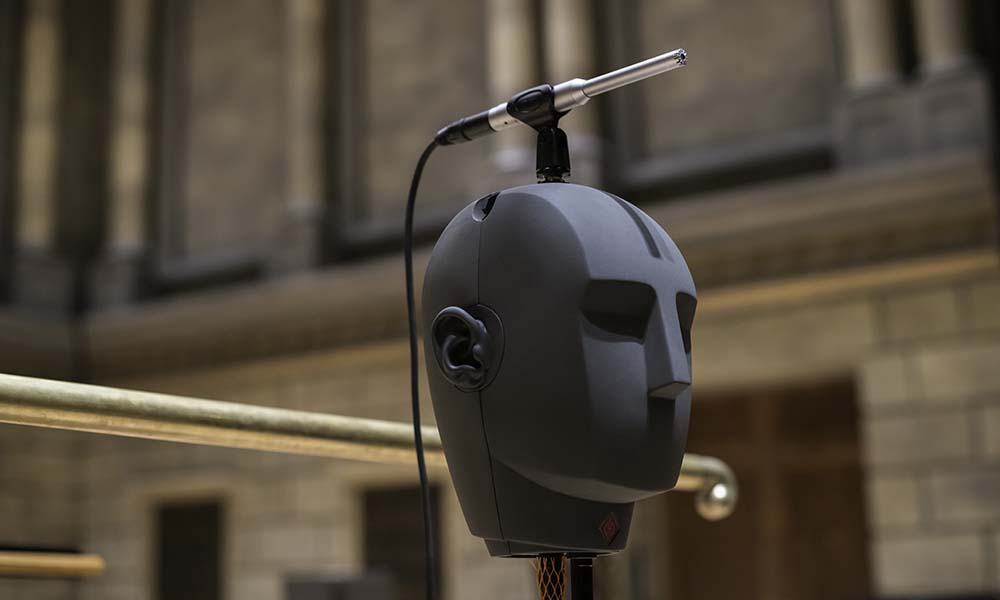A new study reveals that difficulties in adapting to changes in speech patterns may affect how adolescents with autism understand tone and meaning.
Verbal communication isn’t just about the words we use—it’s also about how we say them. For example, the phrase “I can’t believe it” can convey surprise if said with a rising intonation or it can express sarcasm if delivered with a flat tone. Emphasizing different words or altering the tempo of speech can dramatically alter the message conveyed.
Researchers have long known that interpretating these variations in speech can pose challenges for individuals with autism, but they didn’t know exactly why.
According to new research from the University of Rochester, it may be because their brains have difficulties processing and adapting to changes in speech patterns. In a paper published in Scientific Reports, the researchers—including Chigusa Kurumada, an associate professor in the Department of Brain and Cognitive Sciences, and Loisa Bennetto, an associate professor in the Departments of Psychology, Brain and Cognitive Sciences, and Neuroscience—highlight a complex intersection of sensory processing and cognitive interpretation, offering new insights into the diverse ways people experience and interpret communication.
Understanding speech prosody
The researchers studied adolescents aged 12 to 17, with and without autism, and how each group understands speech prosody. Prosody refers to the use of changes in pitch, rhythm, volume, and timing to express meaning and emotion. Distinguishing a question from a statement—“Is it raining?” versus “It’s raining.”—or conveying excitement, sadness, or sarcasm, are all examples of prosody.
Adolescence is an especially interesting time from a speech science perspective, Kurumada says, because “it is a time when children’s social networks dramatically expand, as do their linguistic experiences as their brains develop to pay more attention to unfamiliar voices.”
For individuals with autism, this developmental stage often presents challenges, particularly in understanding the subtleties of speech prosody. Researchers traditionally attributed problems with speech prosody to either a reduced sensitivity to subtle sound variations or challenges in interpreting social cues that convey others’ thoughts and emotions. Kurumada, Bennetto, and their team tested more than 150 participants and found instead that autism is linked to perceptual inflexibility—a reduced ability to adapt to the constant changes and variations of human speech.
“Our article is one of the first to show that perceptual inflexibility affects linguistic communication,” Kurumada says.
Next steps in exploring perceptual inflexibility
In everyday conversation, people exhibit a wide range in how they use prosody to convey meaning. To grasp what each speaker intends, listeners must constantly adjust their perception to accommodate these individual variations in vocal style.
As Kurumada, Bennetto, and their team found, challenges with speech prosody are related to how the brain processes and interprets auditory information and how flexible one is at adapting an understanding of different prosodies.
The research provides a novel explanation for why speech communication is more difficult for adolescents with autism versus adolescents without autism, especially at a developmental stage when social interactions become considerably more diverse and require the flexibility to navigate them.
Bennetto says future research will explore how this adaptivity develops from childhood to adolescence, in both children with autism and those without autism.
“Reduced perceptual and linguistic flexibility may be a cause of social communication difficulties in autism, or a consequence of limited or different social experiences in childhood. It is critical to understand how neurocognitive diversity may shape children’s linguistic development.”





